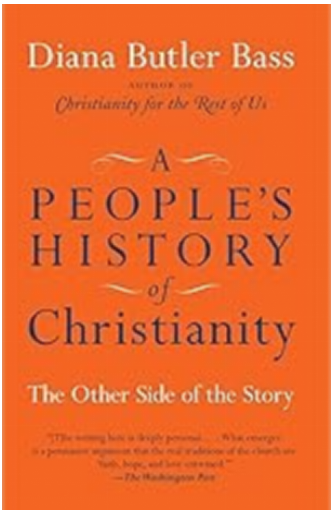How We Got Here: The Story of Saints, Sinners, and Sacred Surprises
Thursday Journey Fall 2025
10:00 am to 11:30 am in the Activities Room
The Middle Ages
From c. 500 to c. 1500
Part 1
No sooner had the church found unity in creed and scripture than another kind of upheaval began: the fall of Rome and the dawn of the Middle Ages. Life became far more difficult. Historians divide this thousand-year era into three parts: the Dark Ages (about 500 years), the more stable High Middle Ages (about 350 years, aside from the Crusades), and the Late Middle Ages (about 150 years), when new cracks appeared and the first hints of Reformation began to show.
The Dark Ages brought suffering on nearly every front. A colder climate hurt agriculture. Famines were common. Plagues struck again and again. Populations declined by a third, and people struggled simply to survive. All of this raised hard questions for the church. How could faith speak into such chaos? And can the church’s response to crisis then help us face the challenges of our own day?
Christians have the Creed, the Bible, and the Church. What could go wrong?
In our continuing study of How We Got Here by Diana Butler Bass, we turn to the author’s reflections on this second great era—the thousand-year Middle Ages. Out of all the hardship following Rome’s collapse, people sought places of refuge and hope. The question became, “How can Christians touch paradise amid the problems of life?” Somehow, they did.
Two passages stand out for Diana as touchstones of the era: the Parable of the Good Samaritan (Luke) and the Parable of the Sheep and the Goats (Matthew). Christians saw themselves as the wounded traveler, rescued by Christ the Samaritan. Yet this vision also raised questions. The world was viewed as a “Great Chain of Being,” with everyone assigned a God-ordained place—Christians near the top. How, then, were believers to treat those lower on the chain? Were they true neighbors to be cared for, or outsiders beyond compassion? And where, exactly, does the boundary of love fall in the parable of the Sheep and the Goats?
Meanwhile, new events continued to shape the faith. Worship adapted to troubled times. Debates over right belief persisted. In 1054, the long-standing rift between Eastern and Western Christianity finally became a formal split—the Great Schism—dividing the church like a road that suddenly forks in two. Christians also wrestled with their relationship to Jews and Muslims. And as the Middle Ages drew to a close, the church’s hold on power began to crumble, paving the way for the next great era: the Reformation.
These are the questions and stories that will guide our next two sessions before Pastor Naomi leads us into the Reformation itself.
Some things to know
Each session will consist of a 30-minute video followed by a discussion.
There is no homework unless you want to follow along in Diana Butler Bass’s book.
You are welcome to come to all the sessions or any single session.
All adults, from young to old, are welcome to participate.
Available on Zoom upon request.
The schedule
September 25 The Spiritual Practice of History Diana Butler Bass
October 2 In the Beginning Part 1 Diana Butler Bass
October 9 In the Beginning Part 2 Stewart and Kevin
October 16 Medieval Christianity Part 1 Diana Butler Bass
October 23 Medieval Christianity Part 2 Diana Butler Bass
October 30 The Reformation Diana Butler Bass
November 6 The Unfinished Reformation Diana Butler Bass
November 13 Quest and the Modern World Diana Butler Bass
November 20 The Modern Quest for the Kingdom Diana Butler Bass
November 27 THANKSGIVING No Class
December 4 The River of Contemporary Faith Diana Butler Bass
December 11 The Post-Modern Church Stewart
December 18 Questions and Comments Diana Butler Bass
Suggested book to enrich your participation
A People’s History of Christianity by Diana Butler Bass. HarperOne, 2009.
(Amazon: $8.99 paperback)


